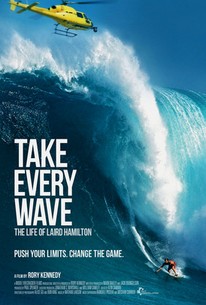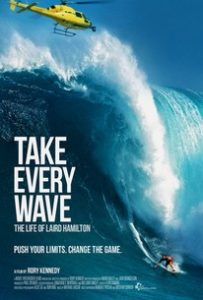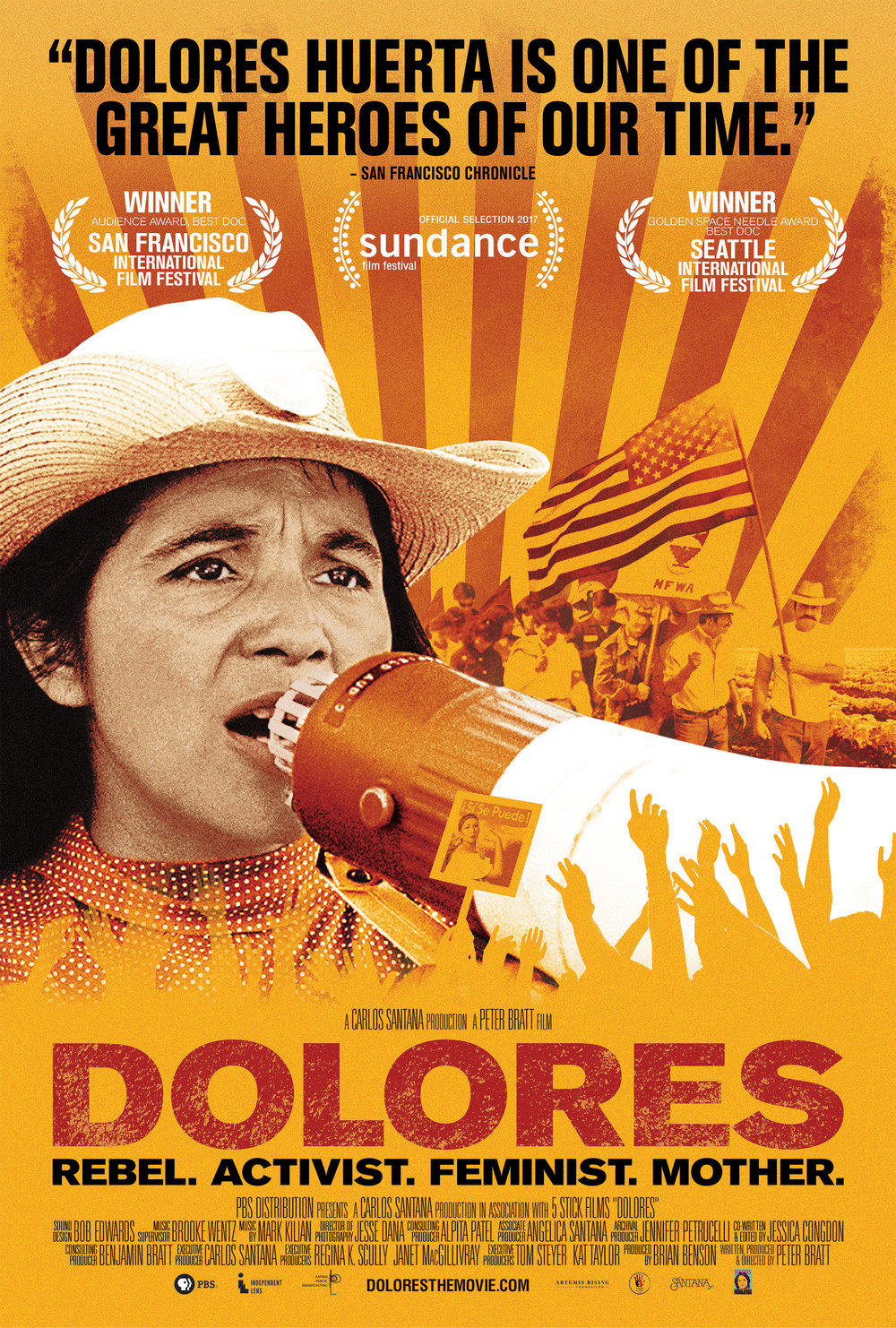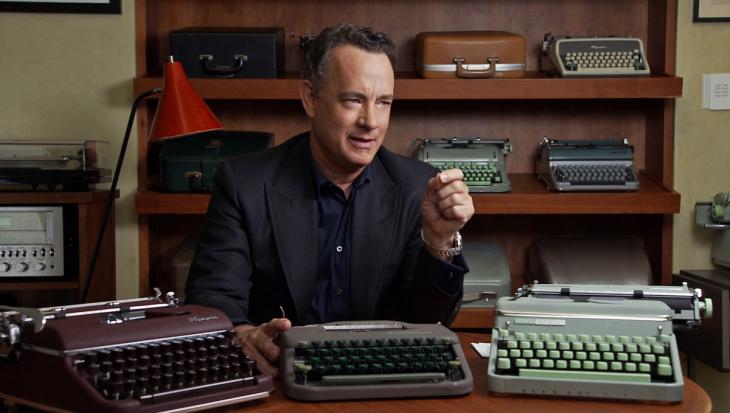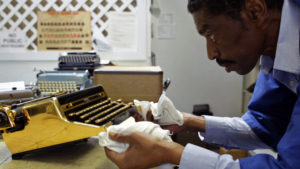Joe Berlinger on Armenian Genocide and Efforts to Suppress the Story
Posted on October 19, 2017 at 3:05 pm
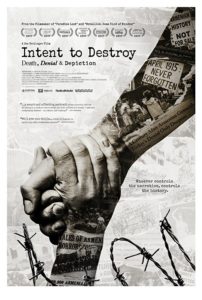
The word “genocide’ was created to describe the massacre of 1,500,000 Armenians by the Turks, a century ago. And yet, the story has all but been eliminated from our understanding of the 20th century, a more devastating erasure of history than the genocide itself because it erased the story, and because it erased any hope for justice.
A new documentary from director Joe Berlinger is the story about the story, about what happened, and about the efforts to prevent what happened from being told. “Intent to Destroy: Death, Denial, and Depiction,” in theaters November 10, 2017, has three chapters: behind the scenes in the filming of “The Promise,” starring Oscar Isaac and Christian Bale, an exploration of the denial that it ever took place, and the deception that led to repression of efforts to tell the truth and creation of a false counter-narrative.
Why start a documentary with the behind the scenes of a production about a fictional version of the event?
There are a couple of reasons why. From an aesthetic standpoint, this is complex and dense history and you want to make it digestible for a modern audience. I’m not a historical filmmaker who normally does things with talking heads and archival footage. From a practical standpoint it put me in a familiar place to tell an unfolding story and that gave me the dramatic structure to then hang all of this history.
From a thematic standpoint, there have been other documentaries about the facts of the genocide itself but what’s more interesting to me, what I actually wanted to make a film about, was the mechanism of denial, the aftermath of the denial and how denial operates. There is a checkered history of movie making on the theme of the Armenian genocide in Hollywood because any prior attempt to do a mainstream movie has been basically shut down. The Turkish government complains to the State Department and the State Department twists the Hollywood studio’s arm and it drops the project. As early as 1935 that’s what happened to Irving Thalberg when he was trying to make “Forty Days of Musa Dagh” and so when I heard a film was actually being made independently financed by Kirk Kerkorian, an Armenian, so clearly this was private money but it involved a lot of Hollywood people, an A-list director, I saw “The Promise” as a historic event.
So it wasn’t just embedding with the film to get some visual eye candy of behind the scenes of a movie. It was the perfect way to express what to me is the more important aspect of the film which is not just the history of the genocide but the actual hundred years of denial and how all that happened. I can tap into that thing that I think is the most interesting aspect of this story, how the narrative has changed. In 1915 when the genocide was beginning there were 145 articles in the New York Times and it was the largest humanitarian relief effort up until that point ever mounted to help people in a foreign country. Babe Ruth’s 50th home run bat was auctioned off to raise money so it was a shining moment in American history and yet today we have lost that vision of our past because it’s been systematically repressed and a counter narrative has been put out there. So what better way to talk about dueling narratives than by making a film about filmmaking?
A really special moment in the documentary is where we see them filming a character finding all the dead bodies because it’s where all the scenes kind of come together. You have Terry George trying to present an atrocity for a PG audience intercut with the actual survivors’ testimony so that it’s real for them while it’s a movie for these people, intercut with the archival footage of the day showing those gruesome photographs just to give an inkling to an audience of what it’s really like in a way that could never be shown in a mainstream motion picture and then we have the true behind the scenes with tender moment with Christian Bale working with a child.
Part of what made the third chapter so powerful was the way that it resonates with the era of fake news, Nazis being called “good people,” fights over Civil War statues and climate change denial.
For many of these people that history is still present today and if we discount those histories, if we don’t understand what we do when we blow up Iraq and unleash the wave of the ethnic strife as a result, we will keep getting it wrong. I’m not saying Saddam Hussein should have remained in power; it’s too complex to go so deeply into that. The Armenian Genocide is like the quintessential example of history that’s not been reckoned with and accounted for and beyond that you see how techniques are used to invalidate a historical reality.
Much smarter people than me have said that the final stage of genocide is denial. It’s absolutely essential that we recognize the historical realities of a situation and I find it morally reprehensible that the United States does not recognize the genocide because we’re afraid of losing our strategic allies because they have air force bases where we can launch missions from. Even if we do lose our strategic air force bases. I just believe that we have to be accountable to our history and as Serj Tankian says so eloquently in the film genocide should not be bargained as political capital and that goes for our own reckoning with history. These are all painful aspects of history that we have not fully dealt with and that’s why we’re seeing the repercussions that we saw in Charlottesville so the lesson of the movie is that you have to respect the history and account for it and hold people accountable.

